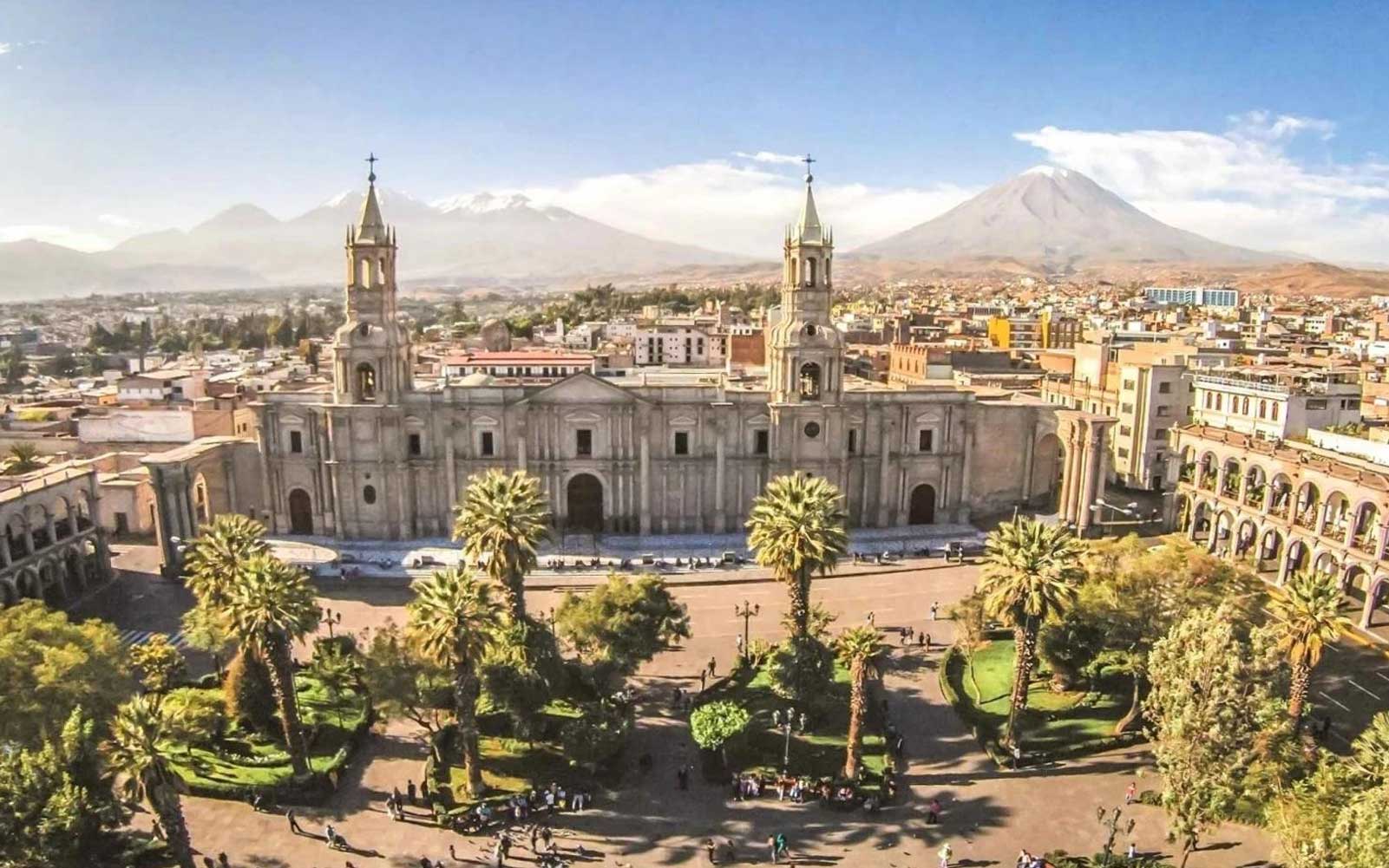
Peru’s market development prospects may have huge potential
For overseas merchants, the Peruvian market before Easter is undoubtedly a huge business opportunity. They have launched various promotional activities to attract Peruvian consumers to come shopping. Peruvians’ enthusiasm for shopping has also made them an important driving force in this market.
Peru is located on the west side of South America, bordering Ecuador and Colombia to the north, Brazil to the east, Chile to the south, Bolivia to the southeast, and the Pacific Ocean to the west. This geographical location gives Peru a unique geographical and cultural identity, while also making it an important bridge connecting different regions of South America. In 2022, Peru’s population reached 33.3967 million, of which Indians accounted for 45%, Indo-European mixed race people accounted for 37%, white people accounted for 15%, and other races accounted for 3%. It can be seen that Peru is a multicultural country, and this cultural diversity has also brought a rich selection of products to the e-commerce market.
In recent years, Peru’s e-commerce and digitalization have developed rapidly, which has not only reshaped the business model, but also profoundly changed the lives and consumption habits of the Peruvian people. According to the Payments and Commerce Market Situation (PCMI) data report, the average Peruvian spends $741 per year on e-commerce. This shows that Peruvians are increasingly enthusiastic about online shopping.
Data from the Peruvian Chamber of Commerce for E-commerce (CAPECE) shows that the average price of online shopping in Peru is US$60. This means that in the Peruvian e-commerce market, consumers are more inclined to choose products with moderate prices and high cost performance. At the same time, with the popularity of smartphones and mobile Internet, more and more Peruvians are beginning to use mobile phones for online shopping, which has also brought more development opportunities to the e-commerce market.
According to PCMI forecasts, the Peruvian e-commerce market will usher in significant growth in 2023, and is expected to grow by 32% to reach US$25.5 billion. From 2023 to 2026, the Peruvian e-commerce market is expected to continue to expand at a compound annual growth rate of 35%. It is expected that by 2026, e-commerce sales will reach a staggering US$63.1 billion. This forecast data fully demonstrates the huge potential and growth space of the Peruvian e-commerce market.
In order to support the rapid development of the e-commerce market, the Peruvian government has also formulated a series of plans. They are committed to improving regional competitiveness and creating a logistics hub for Latin America and the Asia-Pacific region. The plans cover the development of large-scale transport infrastructure, including improvements to key areas such as ports, roads, rail and air transport. These measures will provide strong support for the rapid development of e-commerce, promote the circulation of goods and services, and strengthen Peru’s connection with the global market.
Internet penetration in Peru has shown a steady upward trend since 2000. As of 2021, up to 71.8% of the Peruvian population has access to the Internet. With the popularity of the Internet, Peru’s e-commerce market has gradually prospered. More and more consumers choose to shop online and enjoy a convenient and fast shopping experience.
In 2021, 44% of Peruvian users choose to shop online, which has increased significantly compared with 25% in 2017. This shows the rapid development of Peru’s e-commerce market and consumers’ increasing acceptance of online shopping. Among e-commerce consumers, the age distribution shows certain characteristics. About one-third of e-commerce consumers are between the ages of 25 and 34. They are the main user group of the Internet and e-commerce, and have strong spending power and strong willingness to consume. At the same time, 20% of consumers are aged 45 or above. Although this group is relatively small, as they grow older, their spending power may further increase, making them an important potential stock in the e-commerce market.
In addition to age factors, Peruvian consumers’ e-commerce shopping preferences are also affected by many other factors. Free shipping, coupons or discounts, recommendations from other consumers, and easy return policies are all important factors that influence consumers’ shopping decisions. However, when Peruvian consumers compare across shopping channels, their preferences vary. For online shopping, consumers usually pay more attention to product cost-effectiveness, quality and convenience of shopping. On the contrary, consumers who choose traditional channels pay more attention to product quality and variety selection.
In the Peruvian e-commerce market, clothing and shoes are the most popular categories. According to data reported by Statista, clothing accounts for 45% of the Peruvian online shopping market, while shoes account for 39%. These two types of products together dominate the online shopping market. In addition, electronics and media, food and personal care, furniture and appliances, toys and DIY, and fashion are also important e-commerce product categories. The sales performance of these products in the e-commerce market is also very impressive, making an important contribution to the rapid growth of the e-commerce market. In terms of payment, Peruvian consumers have shown diversified payment preferences in the e-commerce market. According to the “Global Payments Report” released by FIS, by 2022, credit cards will be the most commonly used payment method for online sales in Peru, accounting for 32%. Debit cards follow closely behind, accounting for 20%. In addition, account payment, digital wallet and cash on delivery are also popular payment methods. These diversified payment methods meet the needs of different consumers and provide a strong guarantee for the smooth development of the e-commerce market.



